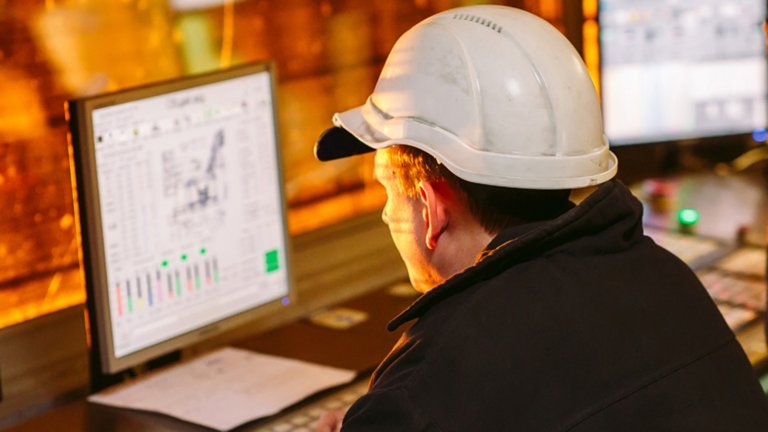By Nick Creath, global product manager, Field Labor, Rockwell Automation
When you replace older plant technologies with their smarter, more capable modern counterparts, you create opportunities to improve productivity, throughput, visibility and more. But to realize these enhancements, you need to think about not only what you’re replacing, but also how.
Modernization projects that focus on like-for-like replacements of legacy technologies may help mitigate obsolescence risks. But if you’re not thinking bigger, then all the potential innovative technologies that offer to help improve your operations go unused. And that’s something you can hardly afford to do in a time of skills shortages, supply chain disruptions and rising costs.
That’s why it’s time to start thinking more comprehensively about modernization projects.
Importance of the Big Picture
Modern technologies lay the foundation for smart manufacturing, because data can be accessed and shared to support better decision-making. And they can connect people, processes and technologies to make your operations more efficient, collaborative and flexible.
Smart sensors, for example, can give workers richer insights into both process parameters and device health. This can help staff better monitor operations and more quickly respond to sensor issues before they evolve into downtime events.
Similarly, smart devices with built-in predictive algorithms can help technicians identify maintenance needs earlier, well before devices fail.



